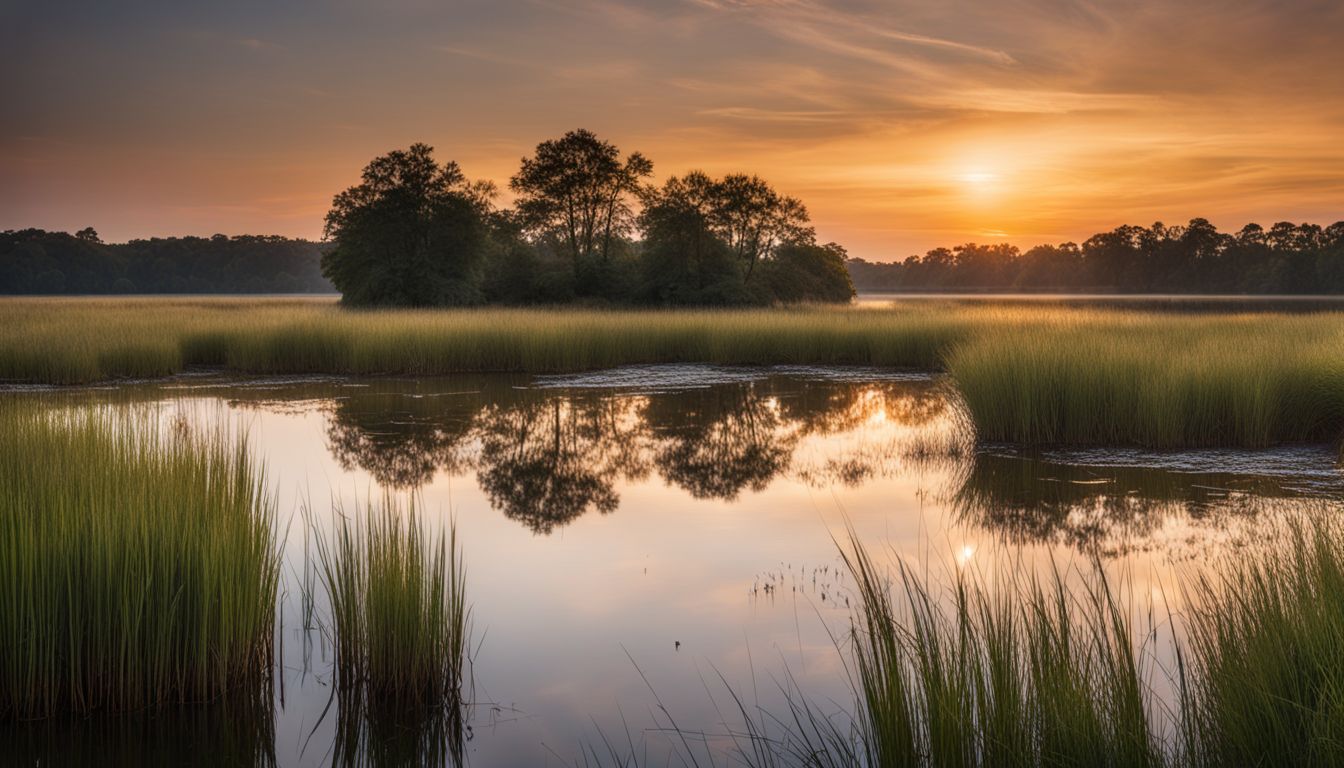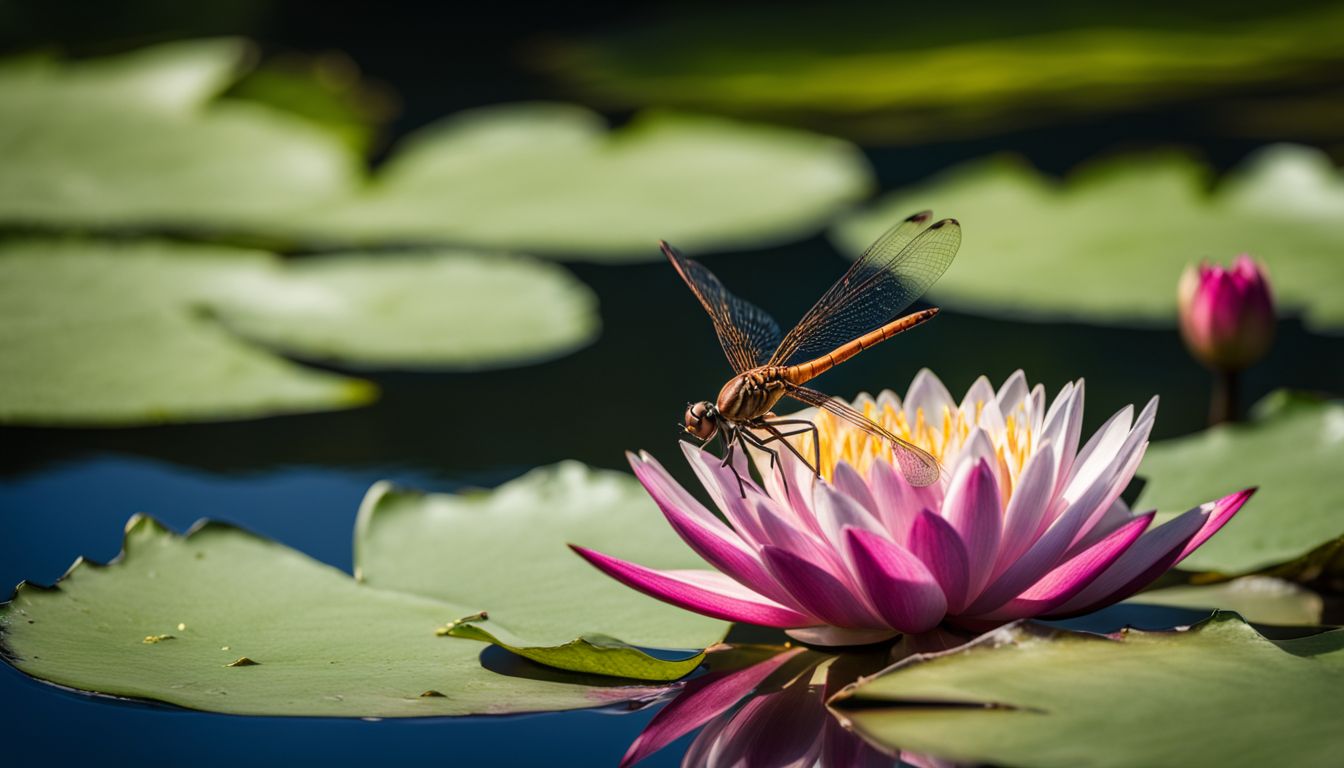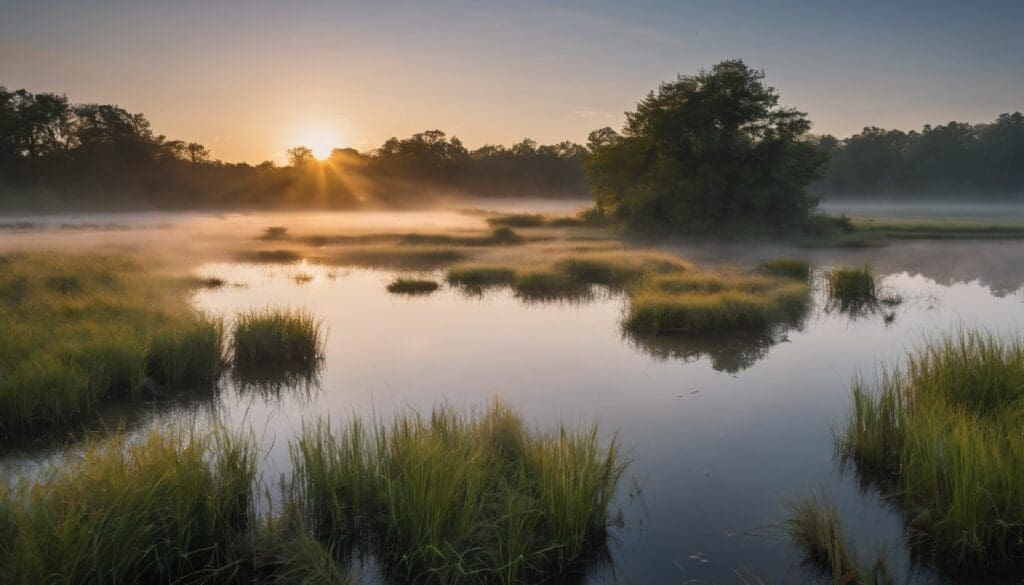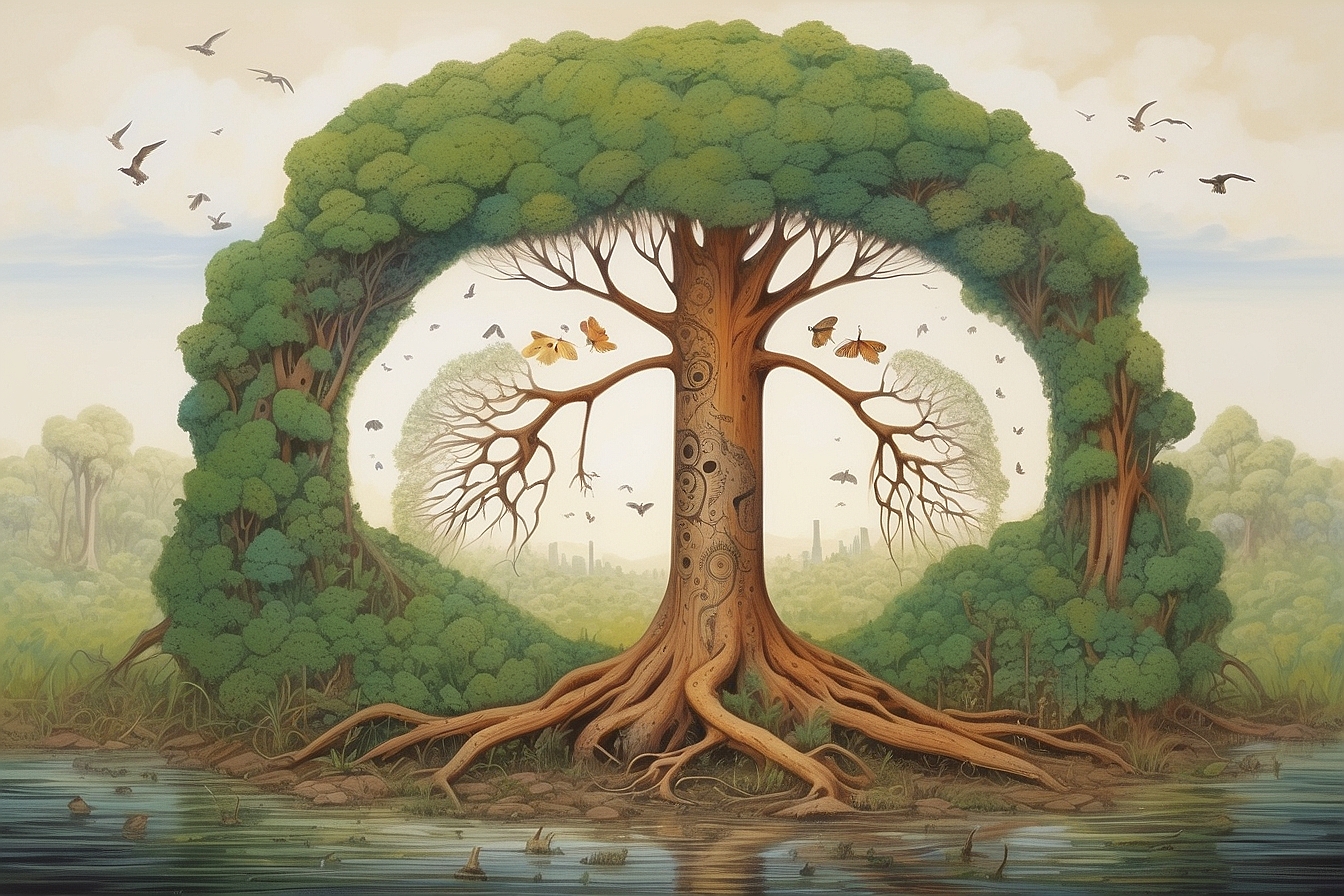Many of us harbour concerns about the diminishing natural habitats and the toll it’s taking on our planet’s wellbeing. We’ve witnessed these changes ourselves, gaining an understanding that wetlands are critical yet undervalued ecosystems, prompting us to seek out measures to conserve their enchanting allure.
Our explorations have unearthed insights into how marshlands play a crucial role in protecting our environment and supporting an extraordinary array of wildlife. Join us as we delve into the wonders of these essential ecological gems!
Key Takeaways
- Wetlands, including marshes, are crucial for the environment as they filter water, absorb pollutants and support diverse wildlife such as herons and bald eagles.
- These ecosystems are powerful in combating climate change by storing carbon effectively and maintaining clean air through dense vegetation that filters contaminants.
- Human societies have historically thrived alongside wetlands, utilising them for agriculture, fishing, and cultural practices which continue to contribute to regional traditions today.
- The vitality of these wetland environments extends beyond nature; they hold significant value for eco-tourism activities like birdwatching which foster a greater appreciation for these habitats.
- It is imperative to actively preserve wetlands due to their environmental significance and historical cultural importance amidst threats such as invasive species and climate change.
Defining Wetlands and Marsh Ecosystems

We often come across the term ‘wetlands‘, but what does it truly mean? Picture lands soaked with water, either permanently or seasonally, where unique plants and animals thrive. These wetland areas act like nature’s own water treatment systems, filtering pollutants and absorbing excess nutrients from runoff.
Swamps, bogs, and marshes all fall under this vital category.
Marsh ecosystems are a special type of wetland characterised by soft-stemmed vegetation adapted to saturated soil conditions. Think of freshwater marshes filled with cattails and reeds or coastal saltmarshes home to salt-tolerant grasses.
They’re not just stunning landscapes; they’re biodiversity hotspots providing sanctuaries for endangered species such as herons, muskrats, and even the majestic bald eagle. Next up: let’s delve into the myriad forms of life these lush habitats support in ‘The Biodiversity in Wetlands’.
The Biodiversity in Wetlands

Building on our understanding of wetlands and marshes, we now turn to the dazzling array of life these areas support. Wetlands are thriving hubs for both flora and fauna, creating a symphony of life in their lush habitats.
From towering reeds and water lilies to the intricate root systems below, plant life sets a foundation for diverse ecosystems. These plants provide vital shelter and breeding grounds for countless species.
They also act as natural filters that maintain water quality by trapping sediments and breaking down pollutants.
Moving through this tapestry of greenery, you’ll find an abundance of wildlife uniquely adapted to this environment. Birds like red-winged blackbirds flap above while below, frogs chorus amongst the reeds.
The shallow waters teem with fish as predatory birds such as bald eagles circle overhead, keen eyes searching for a meal. This dynamic environment draws enthusiasts from birdwatchers to nature photographers who all come to witness its beauty and complexity firsthand.
Unseen but equally important are beneficial insects pollinating plants and microorganisms cycling nutrients through the soil – each organism plays its part in sustaining this delicate balance that is critical not just for them, but also for us in combating climate change through carbon sequestration.
The Role of Wetlands in Carbon Storage and Air Filtration
We must recognise wetlands as crucial allies in our efforts to combat climate change. They act like nature’s sponges, soaking up carbon from the atmosphere and tucking it away into their soils.
This process helps sequester carbon effectively, reducing the amount of carbon dioxide that contributes to global warming. The dense vegetation found in marshes, bogs and swamps also plays a significant role in filtering pollutants out of the air we breathe, making these ecosystems vital for maintaining healthy air quality.
In areas like Pointe Mouillee State Game Area, wetlands provide an essential service by purifying water before it re-enters rivers or underground water reserves. They filter out contaminants and act akin to a natural sewage system, handling grey water while protecting surrounding habitats from hazardous waste.
As stewards of the environment, we rely on these natural processes to maintain ecological balance and safeguard human health. Moving forward with our journey through marsh ecosystems’ vast importance reveals the intricate connections between wetlands and historical cultural significance as shown by places such as Harsens Island.
The Cultural History of Marshes
For centuries, marshes have held a significant place in human history. They’ve been the backdrop for countless folklore tales and traditional songs, capturing imaginations with their mysterious allure.
Inhabitants around these wetlands developed unique ways of life, adapting to the challenges and advantages posed by this watery terrain. Communities learned to harvest reeds for thatching roofs and crafted boats specially designed to navigate through thick marsh vegetation.
Marshes also served as critical hubs for commerce and agriculture, providing fertile grounds for growing certain crops. Fishermen found them teeming with life, supporting livelihoods with an abundance of fish and shellfish.
Waterfowl hunters would flock to these areas too, drawn by the vast numbers of birds like snowy owls or black-necked stilts that call these wetlands home. These practices deepened people’s connection to marsh ecosystems while shaping regional cultures rooted in respect for nature’s bounty.
Birders today still marvel at species such as bitterns and yellow-headed blackbirds in their natural habitats here — testament to how these environments continue to be vital spaces for both wildlife and human heritage alike.
Embracing our shared history with marshes inspires us to value their presence even more; it’s part of why we advocate so strongly for their preservation against threats like invasive plant species or climate change impacts on wetlands.
Conclusion
In closing, let’s acknowledge the incredible wetland ecosystems that grace our planet. These marshes serve as vital habitats and help fight climate change by locking away carbon. We have the power to protect these natural treasures for future generations.
It’s time we champion their conservation with zeal and commitment. Together, let’s ensure that wetland wonders continue to thrive in harmony with our own existence.
FAQs
1. What role do wetlands play in climate change?
Wetlands help combat climate change by sequestering carbon, which can slow down the increase in temperature records worldwide.
2. Can marsh ecosystems affect local wildlife?
Yes, marsh ecosystems like salt marshes provide critical habitats for a variety of species including the white-tailed deer and are popular sites for waterfowl hunting.
3. Why is it important to protect wetlands?
Protecting wetlands is crucial because they support diverse biological communities, help prevent flooding, and maintain water quality by filtering household hazardous waste.
4. How do human activities impact wetlands?
Activities such as using septic tanks incorrectly or disposing of chemicals improperly can harm these sensitive environments; therefore, environmental protection agencies stress sanitation and careful use of land around them.
5. Are there efforts in place to conserve wetland areas?
Organisations like the Michigan Department of Natural Resources work towards conserving critically endangered habitats along places like Shiawassee River through various projects and regulations such as Chevron deference.





